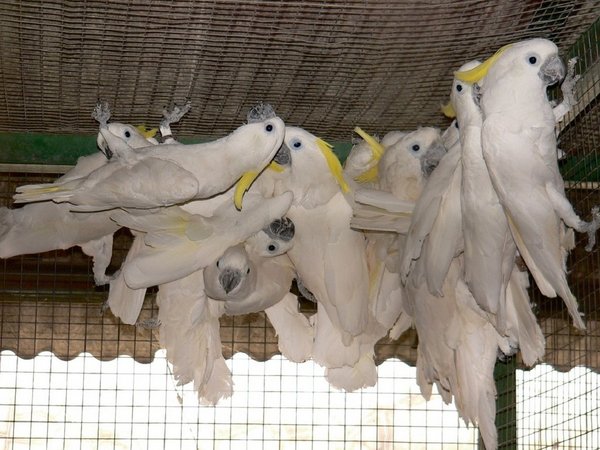- Share this article
- Subscribe to our newsletter
Legal wildlife trade threatens biodiversity
Legal but unsustainable wildlife trade threatens global conservation and sustainability efforts, according to a new study published in May 2023. In the vast majority of cases, the legal trade in wild animal species is not supported by any rigorous evidence of sustainability, with a lack of data on wildlife export volumes, wild animal population data and evidence-based impact assessments of trade being of particular concern. The study provides evidence for 183 species showing unsustainable trade in a broad array of wildlife groups – ranging from mammals like the mountain reedbuck for trophy hunting and handicraft products to invertebrates like the harlequin shrimp for the global exotic pet trade.
Dr Alice Hughes, Lead scientist, and Associate Professor at the University of Hong Kong, sums up the study in her words: “Exploitation of wildlife represents one of the greatest threats to species survival. However, too often legal trade is automatically equated as being sustainable despite a lack of evidence needed to confirm that this is indeed the case. Our research sheds stark light on the systemic lack of regulatory safeguards that are urgently required to ensure that the legal trade does not drive wild population declines. Whilst many wildlife focused conventions include claims of ‘sustainable use’, in reality, these rarely refer to evidence or use precautionary principles to prevent further overexploitation of species.”
While much attention is being paid to combating illegal wildlife trade, many of the same challenges are also evident in the legal wildlife trade. The global legal wildlife trade is a big and burgeoning business estimated by some to be currently worth around 400 billion USD per year. The risks of unsustainable legal trade have been recognised and built upon by various United Nations conventions, which aim to reduce global biodiversity loss. However, the exploitation of wildlife is still considered to be the second greatest threat to global diversity and its vital contributions to people, right after climate change.
The authors caution against the assumption that wildlife species can withstand high offtakes in the absence of data and underscores the need for appropriate application of the precautionary principle to prevent population declines and species extinctions, as well as to enable long-term economically viable wildlife trade. These species are crucial for ecosystem health. For the above reasons, monitoring of populations is essential to enable sustainable trade and not to jeopardise the provision of important ecosystem services.
To help address the current situation, the scientists identify four core areas that should be strengthened to achieve this goal: (1) rigorous data collection and analyses of populations; (2) linking trade quotas to IUCN and international accords; (3) improved databases and compliance of trade; and (4) enhanced understanding of trade bans, market forces and species substitutions.
(LIB/ile)





Add a comment
Be the First to Comment